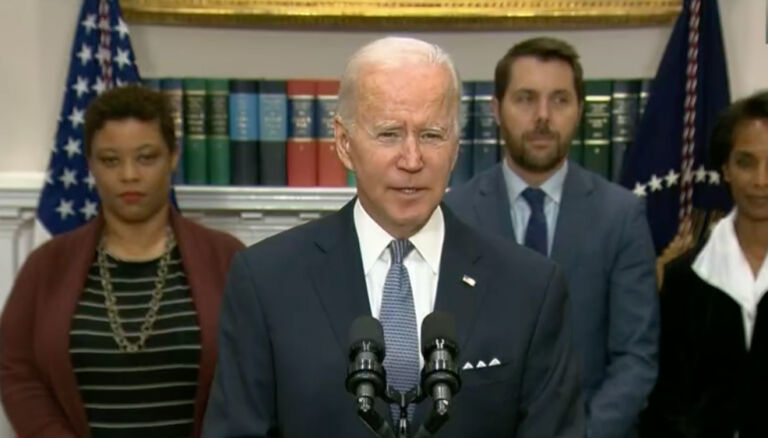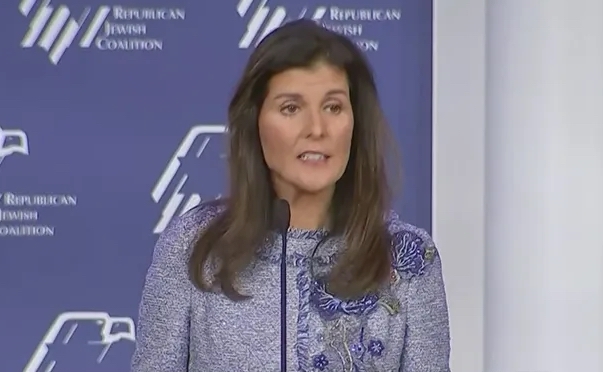Swing, battleground, turn-around: all are terms used to describe North Carolina in the upcoming November election. Nate Silver introduces new terms in this New York Times piece: elastic and inelastic.
“…an elastic state as one that is relatively sensitive or responsive to changes in political conditions, such as a change in the national economic mood….An inelastic state, by contrast, is one which is relatively insensitive to these changes….
The classic example of an elastic state is New Hampshire. It has a very high percentage of independents, and those voters are also independent-minded in practice….
A good example of an inelastic state is North Carolina. It has quite a few African-American voters, who are almost sure to vote for Mr. Obama. But it also has plenty of rural white Southerners, many of them evangelical conservatives, who almost certainly won’t. To a lesser extent, it also has some highly educated and very liberal white voters in the Research Triangle, who are also quite likely to be Obama voters. That doesn’t leave very many voters left over. North Carolina is a swing state (or at least it was in 2008), because the coalition of Democratic base voters was quite close in size to the coalition of Republican base voters. But it wasn’t a state with a lot of persuadable voters: it’s the kind of place where elections mostly boil down to turnout, and Mr. Obama — with his considerably stronger ground game — was able to edge out a win there in 2008.”
Hood commented on another Silver column on election models here and has made his own predictions in the past. CJ reports abound on the 2012 elections and can be found here.
Who will win in November? Beats me but it will be fun to watch the pundits and predictors with their models, charts, graphs and “individual-level voter data” forecasting presidential election outcomes. And see just how inelastic North Carolina may turn out to be.


